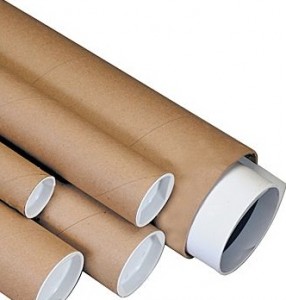Before the invention of paper products, nature supplied packaging needs with the use of elements such as gourds, shells, and leaves to wrap food and supplies.
Later, containers were fashioned from other natural elements such as hollowed out logs and woven grass. China is credited with creating the first paper products over 2000 years ago in the first or second century B.C. Subsequently, over the next 1500 years, paper and packaging products evolved significantly to move from using flax fibers and old linen rags to the wood pulp material fashioned around the late 1860s that is used in most products today.
Wood pulp created by machines that literally grind the wood to a pulp were highly effective in decreasing production costs making paper packaging products desirable throughout the centuries. The lower costs made the layered pressed paper, which was glued together, accessible to expand its usage to develop such items as fabric, furniture, luggage, and even coffins. The 1900s saw compressed paper become a standard material in many consumer products as well as building construction, and of course, in shipping materials.
Another advantage to wood pulp paper was the ability to print on the material. Labels were created to wrap and identify goods for shipping across the globe. The invention of the lithograph, combined with the paper-making process, created an inexpensive method of shipping goods where the value outweighed the costs, thus eventually creating what has become a multi-billion dollar industry in modern times.
For 65 years, Spiral Paper Tube & Core has been converting wood pulp materials into round, spiral paper tubes and “v” shaped edge protectors. Spiral Paper Tube & Core is dedicated and is consistently providing the best packaging product for their customers that is not only eco-friendly, but economically friendly.


